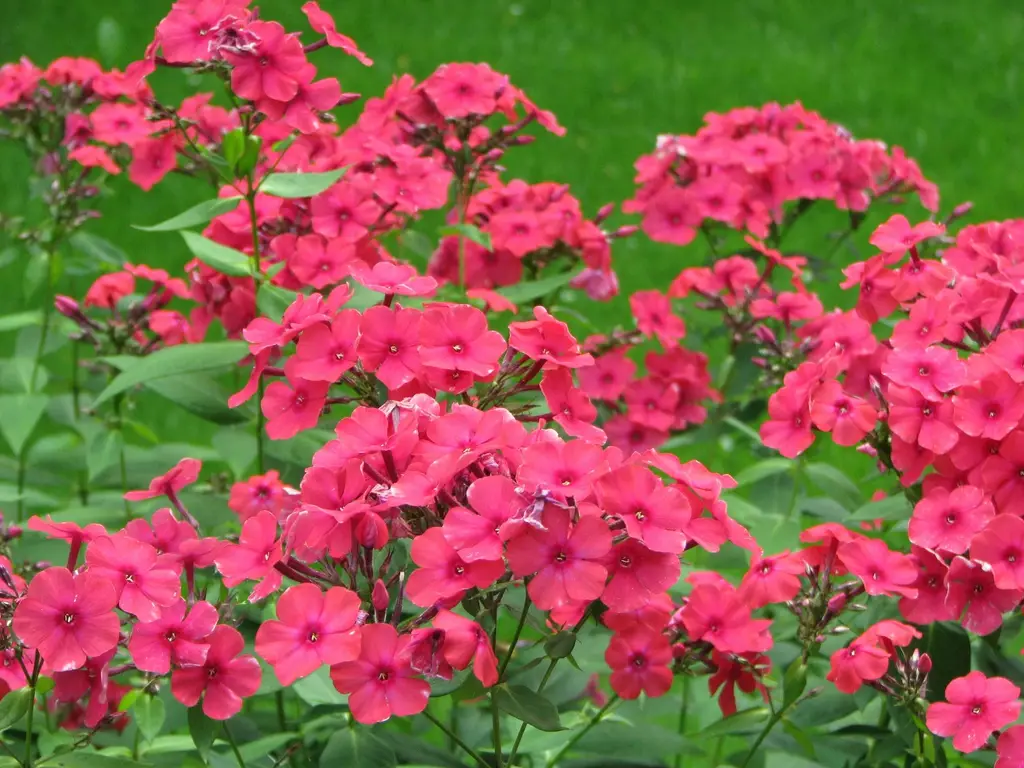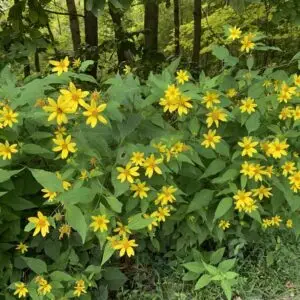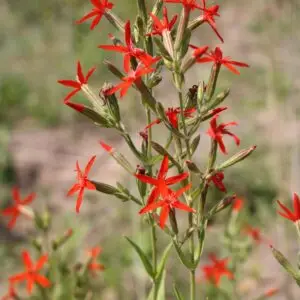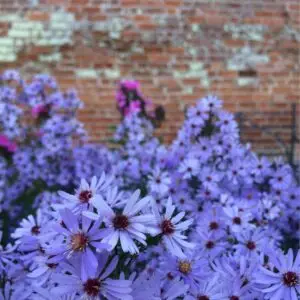| Size | 4" Pots for Preorder Only, Trade Gallons, Two Gallons, Three Gallons |
|---|
Phlox paniculata – Garden Phlox (B&B.BW.DR.H.HMR.NB.OP)
Ecosystem Services:
(B)-Birds (B&B)-Birds & Butterflies
(BTF)-Butterflies (BW)-Black Walnut Resistant
(DR)-Deer Resistant (DRGHT)-Drought Resistant
(EC)-Erosion Control (EVR)-Evergreen
(FC)-Fall Color (FRG)-Fragrant
(GRD)-Groundcover (H)-Host plant
(HMR)-Hummingbirds (M)-Mammals
(MTH)-Moths (N)-Nectar
(NB)-Native Bees (NST)-Nesting Material
(OP)-Other pollinators (RR)-Rabbit Resistant
(SHWY)-Showy (SPC)-Specimen Plant
Garden Phlox is an erect herbaceous perennial that may grow 2 to 4 feet tall and is clump-forming. Flowers come in various colors and bloom mid-summer to mid-fall. It mixes well with other perennials, attracts hummingbirds, and is a good selection for a bird garden. This popular flower has escaped gardens and naturalized into areas beyond its original native range.
Garden Phlox prefers sun to partial shade and moist, fertile, and well-drained soils. Good air circulation (adequate spacing and thinning of stems as needed) will help combat powdery mildew. Overhead watering should be avoided. Phlox needs to be watered in dry summers and mulched to keep the root zone cool. Removing faded flower panicles will prolong blooming and prevent self-seeding as cultivars do not come true from seed.
In winter, plants should be cut to the ground and removed from the garden in order to minimize possible powdery mildew infection for the following season. This plant has numerous pest and disease problems and is not always an easy plant to grow well. Phlox bugs, powdery mildew, and root rot can be serious problems. Spider mites can also be a problem, particularly in hot, dry conditions. Taller stems may need staking.
Host plant for Olive Arches Moth, Phlox Moth, and Gray Hairstreak butterfly and Hummingbird Clearwing Moth.





